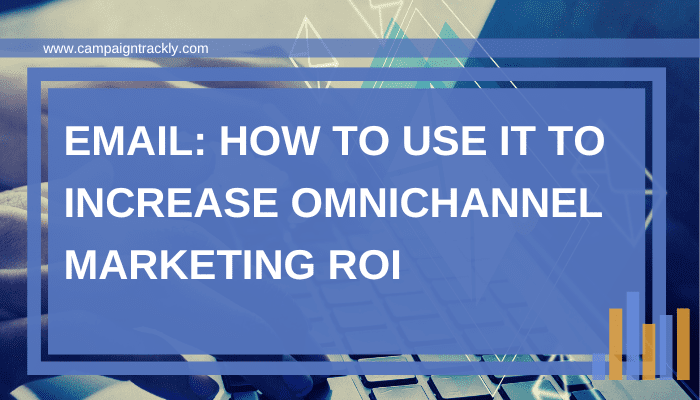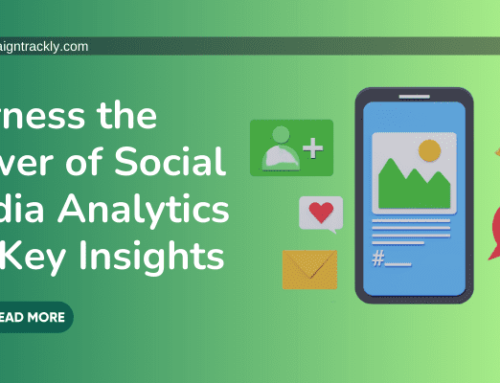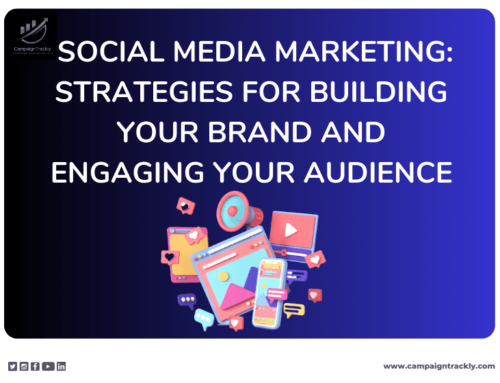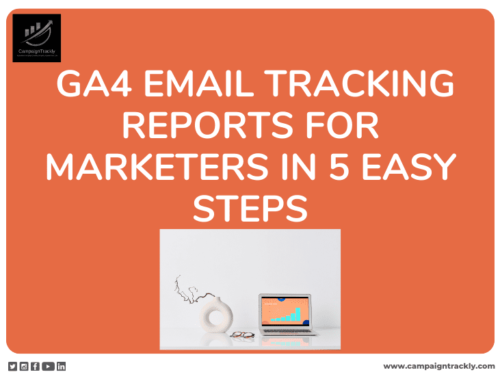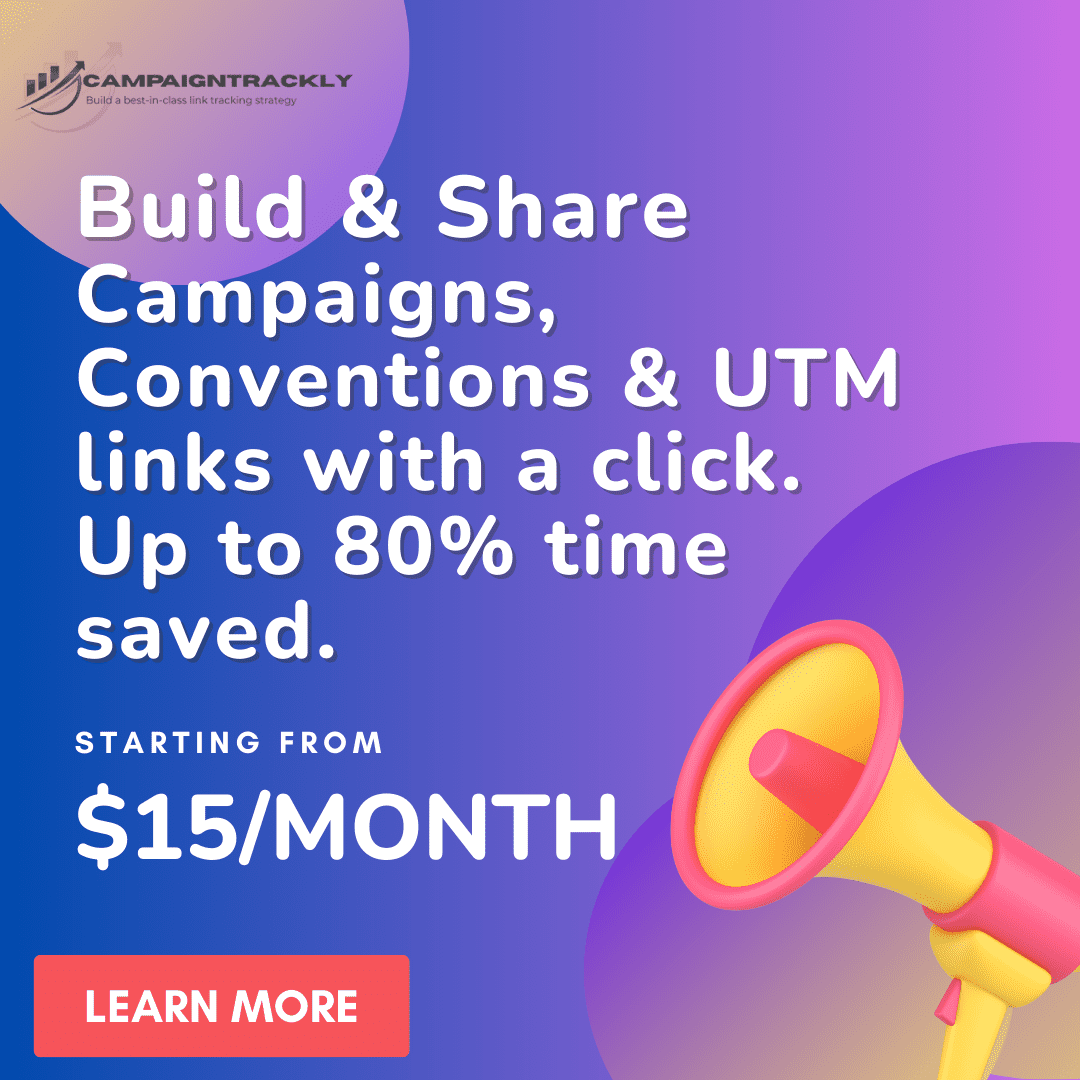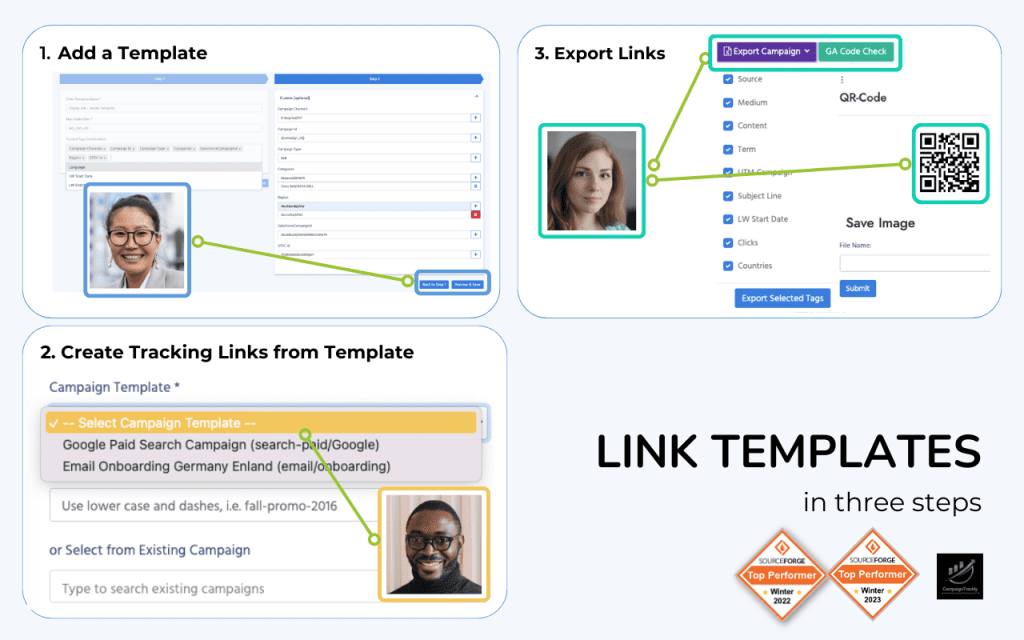Email Importance Today and in Five Years
According to Statista’s email research, the number of daily emails sent and received globally was 333.2 billion in 2022. Their overall volume is expected to grow up to 376 billion by 2025.
Email marketing campaigns help businesses increase content strategy ROI, driving more traffic and generating more sales.
Email has the highest ROI as a channel when compared with the rest of the digital marketing channels, as it promotes top engagement, conversions, and can be easily linked directly to $$ spend. What is more, it is a channel that businesses own and measuring its attribution in terms of overall value to the bottom line is very straight forward.
Email and The Omnichannel Marketing Strategy
Email marketing campaigns have become very cost effective due to the significant production improvements that many Email marketing providers have made in the last couple of years. When targeted strategically, emails can provide significant ROI within very short time periods. However, in today’s competitive world, you cannot rely on a single channel to drive your go-to-market strategy. Customers are in search of more options. That is where omnichannel marketing strategy comes into the picture.
Omnichannel marketing refers to the integration of multiple channels to communicate with customers. It ensures the creation of the brand’s presence across both online and offline channels. Examples of digital channels include email, website, and social media platforms. In-person tradeshows, events and retail store promotions are typical offline channel examples.
Benefits of Omnichannel Marketing
An omnichannel marketing strategy can be difficult to implement, because it requires resources, complex planning, and the ability to build an effective operational model to deliver everything on time and on budget.
The upside of using omnichannel marketing is that you can expand your reach and increase traffic to your websites and social media properties, resulting in:
- Higher Brand Visibility, Faster
Sharing your brand message through a variety of online and offline channels, helps you achieve:
- Higher Engagement Numbers Across a Wider Audience
It provides brands with the ability to connect with every separate targeted segment at the right time and the right place. For example, the preferred digital platforms that Millennials use are so much different than those of the Baby Boomers or Generation Y. Therefore, trying to communicate with your segments on the channels that they prefer, gives you:
- Improved User Experiences and Higher ROI
By integrating more marketing channels, businesses are uncovering more opportunities, which can result in finding more applications for their products and services, as well as more audiences, driving:
- More Sales
By leveraging more channels to connect with customers, brands can optimize the use of their content as well. A single content can be reformatted to support many different channels, raising its mileage, and ROI.
- Optimized content strategy
The rule of seven states that it takes at least 7 interactions with a buyer before a final conversion can happen. Using multiple channel can help speed up and sales cycle, resulting in:
- Faster Customer Growth
Last but not least, using omnichannel marketing, companies collect a lot of information about their prospects and customers, which helps them build effective customer profiles that include relevant behavioral, personal, and attitudinal data. This information provides an excellent foundation for:
- Improved Personalization.
Using Email To Optimize Omnichannel Marketing Impact
Personalization is the key to maximizing sales.
Omnichannel marketing data and analytics allow businesses to build rich customer profiles that get augmented every time a user interacts with a marketing channel. These profiles can be used to create personalized communications and even build predictive models of future behaviors.
Email can sky-rocket personalization and campaign performance when integrated with website, social media, or in-person event promotions. Using the advanced techniques of today’s email marketing platforms, marketers can integrate profile data from across apps and channels into their platforms.
The data can then be used to build from simple to very complex trigger-based email campaigns that respond to specific user actions and preferences, and provide personalized information, including calculators, recommendations, and reminders.
A few examples of triggers used to auto-generate emails:
- User visits specific pages after attending your booth at a tradeshow
- User visits a store and leverages an email QR code to redeem a discount
- Customer creates a support ticket and provides low rating to support agent
- User visits a website but does not take action, then responds to a paid ad and takes an action
- Customer signs up for a demo, places product in cart after demo, then does not accomplish purchase.
Transforming email promotions into integrated, highly personalized experiences for users can significantly improve retention, drive better conversions, and even improve customer attitudes towards your brand.
Great Personalized Email Use Examples To Learn From
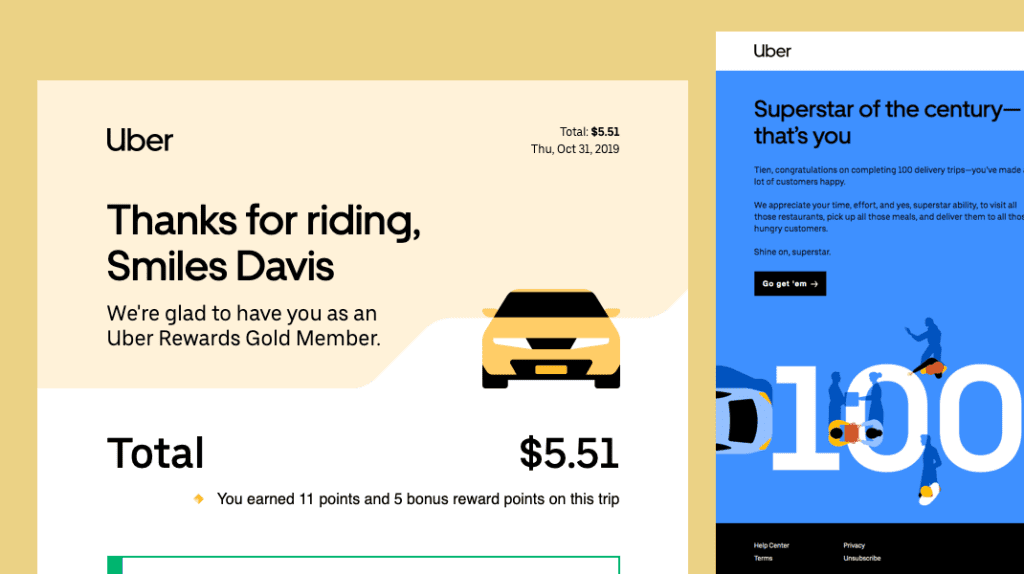
- Uber
Uber is one of the most widely used ride-booking applications operating in multiple countries.
The company keeps its emails short and crisp with crystal-clear calls to action. That means even when customers do not have much time to skim through the entire message, they are able to understand the actual point easily.
All their transactional emails are always triggered based on user activity and provide information relevant to the specific user’s latest interests and needs. The result? Their emails always enjoy high performance rates.
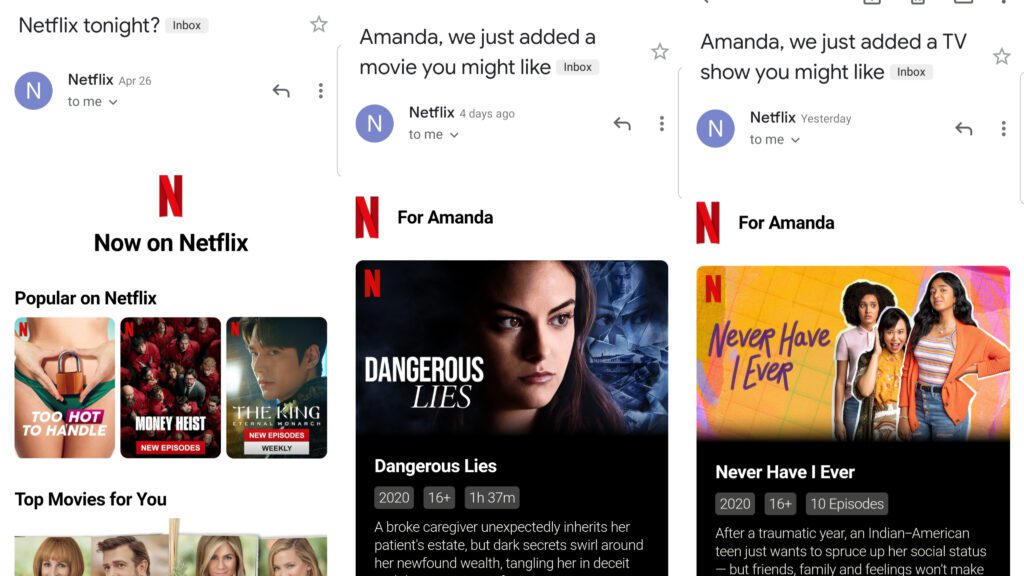
- Netflix
Netflix is one of the most popular streaming platforms in the world. The platform makes use of machine learning and AI technologies to find inactive users on its platform.
Netflix sends out personalized recommendation emails to customers based on their likes and viewing history. As a result, these emails are able to generate significant revenue for the company.
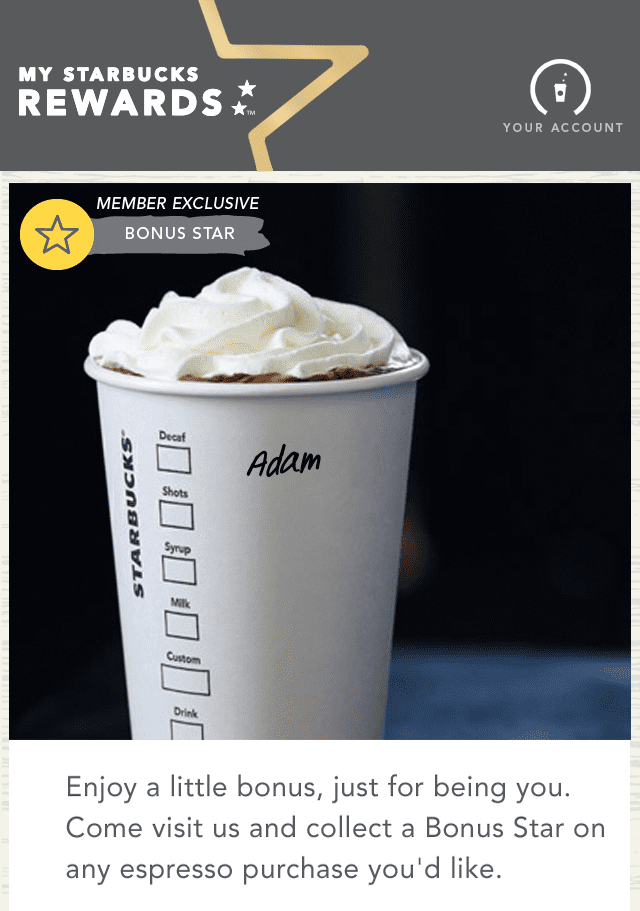
- Starbucks
Starbucks is one of the most prominent names when it comes to having a cup of coffee. The innovative marketing strategies make Starbucks stand out in the industry.
The company successfully uses a combination of tracking information from its mobile app as well as store visits to personalize promotions and drive users to its stores. The result? Very high brand loyalty.
Conclusion
Email marketing is here to stay, and its demand will increase even more in the coming years. Including email into your omnichannel marketing strategy can optimize business performance across all stages of the customer journey.
With the advent of AI and machine learning, email will become even more valuable to businesses, because it will be able to maximize user experiences through enhanced personalization.
This article is a guest blog and is written as a collaboration between Milena Mitova and Jigar Agrawal, Digital Marketing Manager, eSParkBiz Technologies


